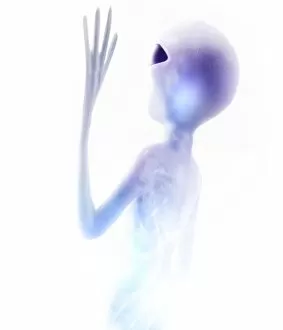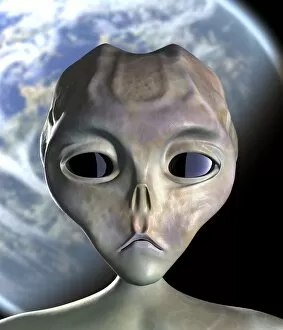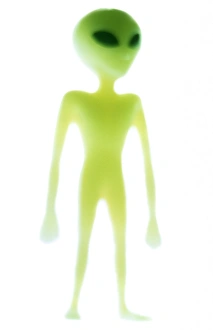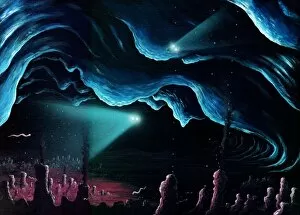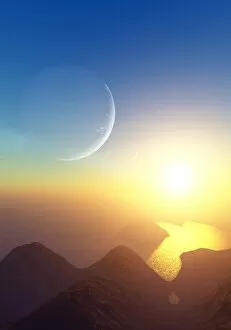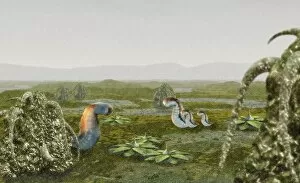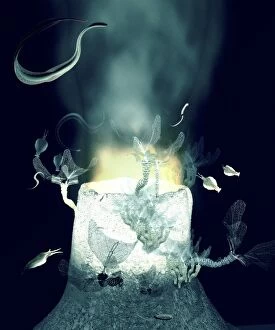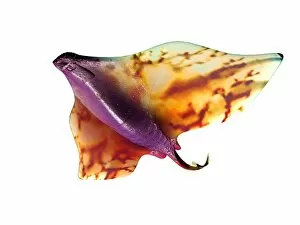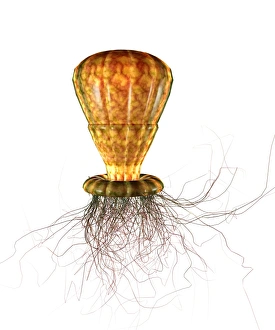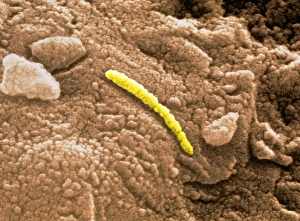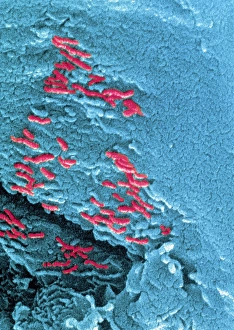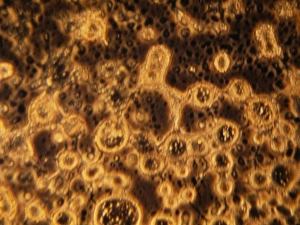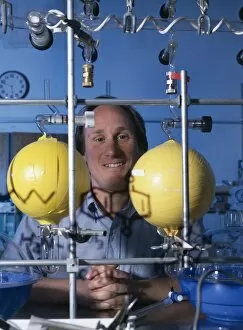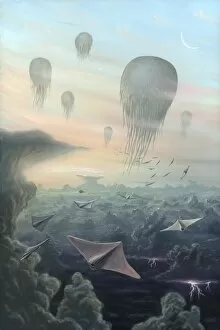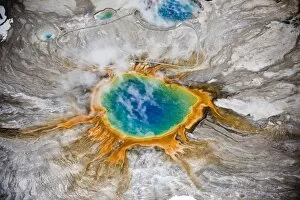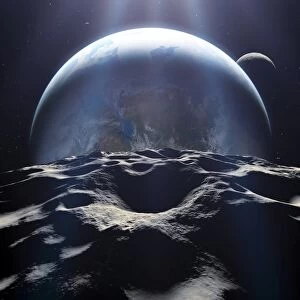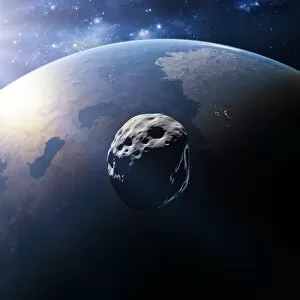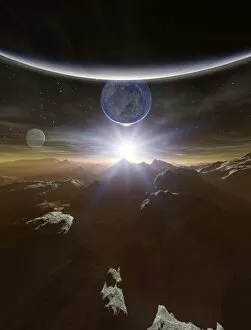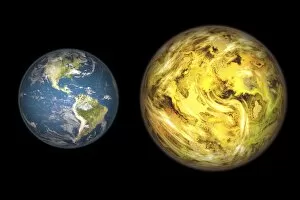Exobiology Collection (page 6)
"Exploring the Unknown: Unveiling the Mysteries of Exobiology" A Gigantic Scarp on Miranda: Delving into Uranus' enigmatic moon, Miranda
All Professionally Made to Order for Quick Shipping
"Exploring the Unknown: Unveiling the Mysteries of Exobiology" A Gigantic Scarp on Miranda: Delving into Uranus' enigmatic moon, Miranda, scientists uncover a colossal scar that hints at its tumultuous past and potential for extraterrestrial life. Beagle 2 Landing on Mars: Marking a significant milestone in exobiology, the successful landing of Beagle 2 on Mars opens up new possibilities for studying Martian geology and searching for signs of ancient microbial life. Decoding Arecibo's Message - Key C016 / 6817: Scientists decipher an encoded message from deep space received by the iconic Arecibo Observatory, unraveling insights into possible interstellar communication and sparking intrigue about other civilizations. Artists Concept Reveals Saturn-Sized Planets Discovered by Kepler: Through innovative techniques employed by NASA's Kepler mission, astronomers visualize two Saturn-sized planets orbiting distant stars, expanding our understanding of planetary diversity in our galaxy. Rhea's Glimpse of Saturn: From the surface of Saturn's moon Rhea, a breathtaking view captures the majestic beauty of its parent planet looming large in the sky – an awe-inspiring sight that fuels curiosity about potential habitable moons within our own solar system. Lone Astronaut Contemplates Sun While Exploring Mars: In a solitary moment amidst vast Martian landscapes, an intrepid astronaut gazes upward at Earth's neighboring star – symbolizing humanity's relentless pursuit to unlock Mars' secrets and explore its potential as a future home. Hypothetical Planet Eclipses Bright Star Rigel: An artist visualizes a captivating scenario where one of Jupiter-like moons obstructs Rigel – one of Orion constellation’s brightest stars – offering glimpses into how celestial events shape alien worlds beyond our imagination. Epsilon Eridani Reveals Jupiter-Mass Planet.

